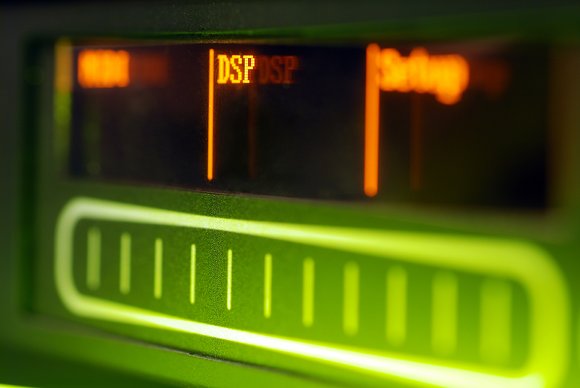
Connecting stuff is one of the things musicians naturally do with gear. So, there’s really no reason that musical gear shouldn’t network as easily as Web servers. And yet a basic protocol, built largely on existing standards, meets with responses like this:
“We’ll support OSC when there’s hardware out there.” “Name one piece of hardware that supports OSC other than the Lemur.”
OSC has some major advantages as a network protocol, as a way of connecting software with software, software with hardware, and yes, even hardware with hardware. It doesn’t have to “compete” with MIDI – you can even send MIDI message data over OSC, thus taking advantage of features OSC has that MIDI doesn’t (like time stamps, which your tools could use to calculate latency even if you don’t use them directly). Yet I’ve been listening to this argument for years now. “Any computer” counts as an OSC device, but even when tens of millions of iPhones and iPod touch devices hit the market (not to mention other mobiles), software developers were still pointing to a (completely absurd) “lack of hardware.” How tens of millions of gadgets can count as “nothing,” I don’t know, but maybe it’s because a lot of them were phones, not music devices.
Well, here’s a combination that ought to get someone’s attention. With the iPad about to launch next month – likely to be followed by more multitouch devices running Android, Linux, and Windows – we’re not just talking phones any more. And the folks at Symbolic Sound, makers of the insanely-powerful sound generation Kyma environment, are adding a proper OSC implementation. Even if you have no interest in the (wonderful) Kyma, now available in more-affordable Paca(rana) devices, this is one to watch.
What you can do:
Use OSC directly, via a direct connection and even onboard Ethernet on the Paca(rana). That opens up the use of devices like Lemur, and, yes, iPad.
Use MIDI over OSC from your existing MIDI devices and software. Explanation (again, worth reading even if you aren’t in the market for a Kyma):
http://www.symbolicsound.com/Learn/BidirectionalMIDIStreamsOverOSC
In this case, the OSC connection acts as a virtual MIDI devices, with three merged inputs and one output. The same is possible on other devices, too, however, meaning that combining OSC and MIDI doesn’t have to be a chore.
Details on the software update:
OSC-enabled Kyma X.74 is a free software update for registered Kyma X owners. OSC communication requires the Paca or Pacarana sound engine. Kyma X.74 also comes with additional features, including an 11-times speedup in the Virtual Control Surface, support for the MOTU Ultra Lite Hybrid mk3, TC Electronic Impact Twin, and Prism Audio Orpheus converters, track-pad compatible menus, refinements to the Tau resynthesis, and more.
And if you’re using Max and Max for Live, you can use a custom external for MIDI over OSC in that environment, as well. (That said, control of Live could be more intuitive if Ableton were to evaluate native OSC control support in Live, as currently exists in nearly all mainstream live visual applications. There’s an unofficial method that demonstrates just how powerful this can be — see comments.)
Kyma is still a high-end solution, but at least the entry-level Paca – still absurdly powerful – is now down below US$3000. If I had $3 grand handy, I’d certainly consider buying one. I don’t, so I think of it as that Steinway grand I can’t afford or fit in my apartment. That doesn’t mean I can’t pay attention to what it does – and, indeed, OSC implementation like this could apply as well to a $5 or open source app, to mainstream hardware or DIY solutions, as much as the Kyma.
The phrase is overused in the media and culture today, but I think it’s appropriate here:
“Just sayin’.”
Thanks to Lowell Pickett, Martin Wheeler, and others who sent this in.